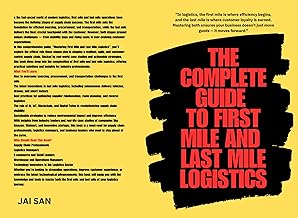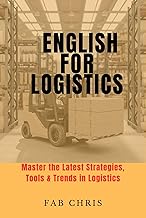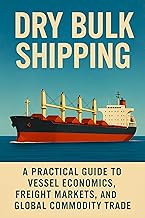The logistics industry is ever-evolving, shaped by a myriad of trends that dictate its direction. In an effort to navigate this complex landscape, Maersk, in collaboration with Statista, has introduced The Logistics Trend Map. This interactive guide serves as a compass, offering a deep dive into the most influential trends impacting logistics in 2025.
According to Karsten Kildahl, Chief Commercial Officer at Maersk, the ability to anticipate and adapt to disruptions is paramount in today’s logistics realm. The challenge lies not in whether disruptions will occur, but in how effectively companies can maneuver through them. Understanding and leveraging trends is key to maintaining a competitive edge in an industry where agility is a prerequisite for success.
The Logistics Trend Map is more than just a static document; it’s a dynamic tool that evaluates the top global logistics trends of 2025 and tracks their adoption within organizations. This comprehensive resource comes in two formats: an interactive map highlighting 30 significant trends and a detailed 70-page PDF report delving into the top 10 trends across various regions and industries.
Among the top 10 trends identified are Supply Chain Visibility, Internet of Things, Digital Transformation, E-Commerce, and Artificial Intelligence. These trends not only reflect the current state of the industry but also shed light on the challenges and opportunities that lie ahead. The report goes beyond surface-level analysis, providing in-depth insights into customer profiles, emerging trends, and the impact of these trends on logistics operations.
To compile this comprehensive overview, Statista conducted over 500 interviews with logistics decision-makers across eight key industries, spanning regions from Asia Pacific to North America. Through these interviews, the survey aimed to gauge the progress of companies in implementing each trend and the level of urgency they associate with adoption.
Behind the scenes, the research methodology employed advanced AI-driven analytics to sift through vast amounts of data, including scientific studies, patents, earnings calls, and startup activities. By analyzing these data points, Statista was able to not only identify the most critical trends but also assess their potential impact and adoption within the industry.
One of the standout features of The Logistics Trend Map is its focus on supply chain innovations. By leveraging data science techniques and industry expertise, the map offers actionable insights that can help companies navigate the complexities of modern logistics. Each trend is carefully positioned on the map based on its relevance and the level of adoption within the industry.
It’s important to note that the insights provided by The Logistics Trend Map are intended for informational purposes and do not necessarily reflect the official stance of A.P. Moller-Maersk A/S. However, the wealth of information contained within the map serves as a valuable resource for companies looking to stay ahead of the curve in the ever-evolving world of logistics.
As the logistics landscape continues to evolve, staying abreast of the latest trends is essential for companies looking to maintain a competitive edge. The Logistics Trend Map offers a comprehensive overview of the top global logistics trends of 2025, providing invaluable insights that can help businesses navigate the challenges and seize the opportunities that lie ahead.
📰 Related Articles
- USA TODAY & Statista Unveil Top Tax & Accounting Firms 2025
- Women’s Fashion Trainers: The Must-Have Trend of 2025
- US Army Master Sgt Bender Enhances African Lion 2025 Logistics
- Trend Alert: Rattan Outdoor Furniture 2025 Emphasizes Comfort
- Rockford City Market 2025: Logistics, Vendors, and Entertainment Revealed






